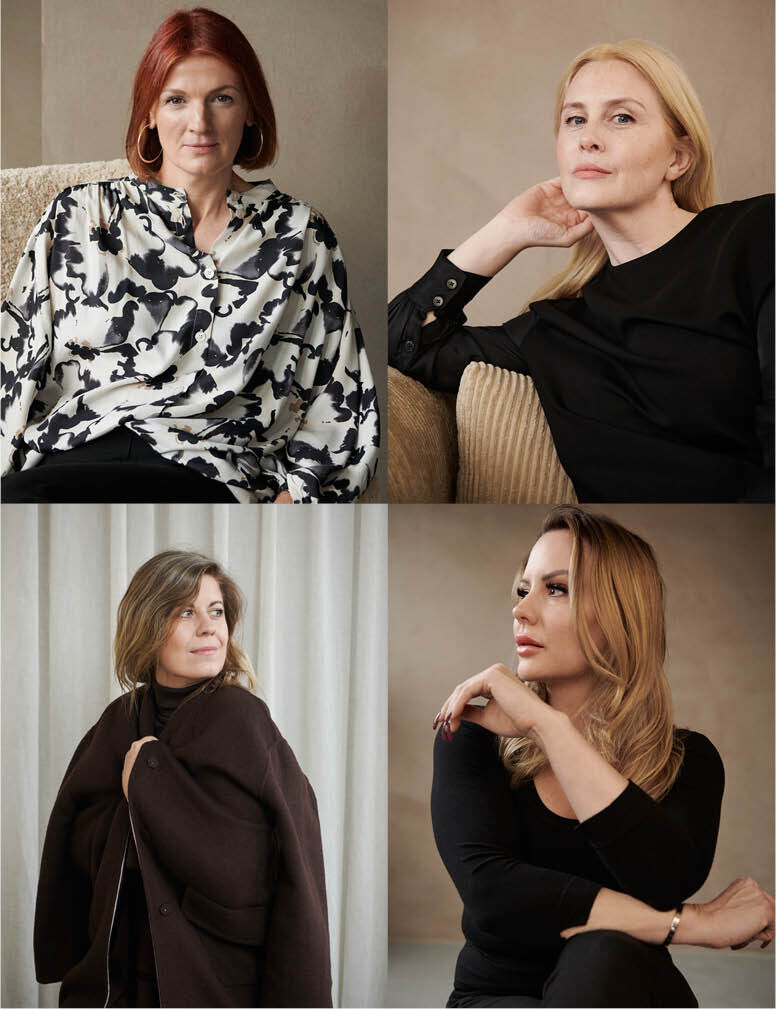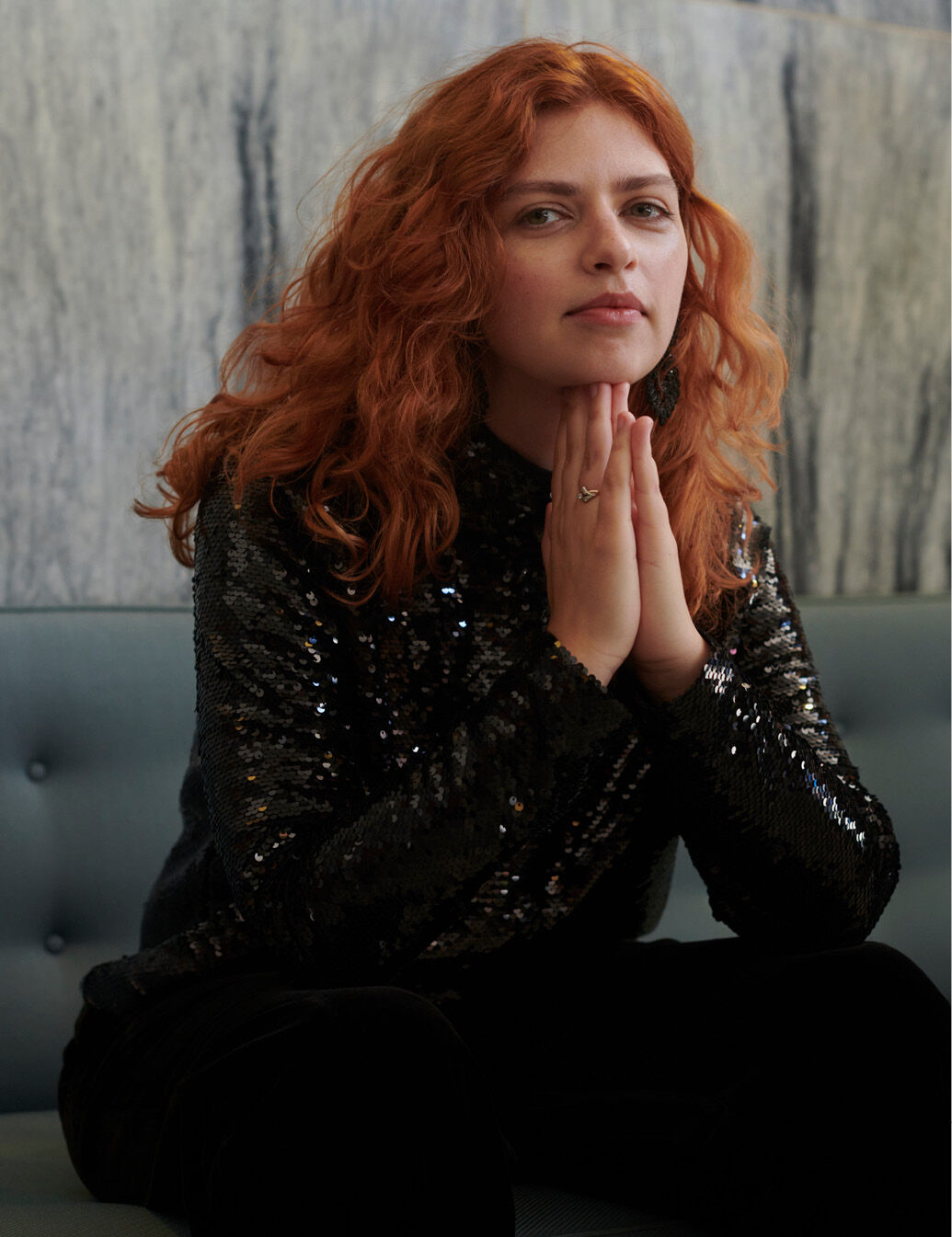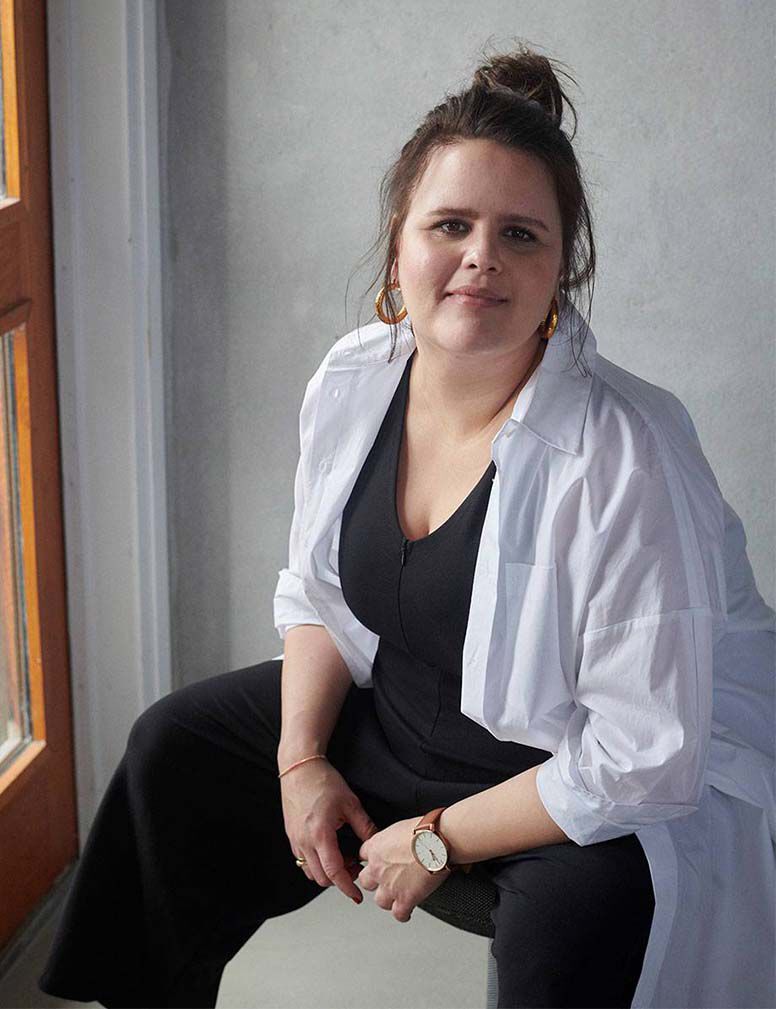Paper artist Veronica Hodges collects paintings of women from the 1800s, painted by women. She believes there’s an honesty and sensuality to them that differs from when men paint women. She also believes that happiness is a form of creativity, and that creativity is just like a muscle – you need to exercise it regularly.
Veronica Hodges
October 2020
Paper Artist



I believe you need to be creative to lead a life that you enjoy. You need a certain amount of creativity not to get bored and to stay enthusiastic. Being creative when you take pictures or paint is one thing, but it also takes creativity to get a society to function. I dare say that happiness is a form of creativity, but you should probably pick a field you enjoy working in, whether it's finance, cutting or sculpting.
My passion for female artists from the 1800s partly stems from my father, who was an artist and who painted both my mother and I and many other women. I also believe that women painting women differs from men painting women. You see a different kind of honesty and sensuality, which I think is really interesting. It's not about the body as an object, but the body as a mother and as a woman. There's much more life in it. Every time I fall for a picture, it's always the scene I fall for, and later I discover that it's a woman painted by a woman. So there's definitely something that catches my eye, and it keeps happening. For me, there's a spontaneity in the pictures and I think it's a feeling that comes from things being completely honest there. The point of the picture isn’t the woman as an object, or with a pair of breasts. What's interesting is that you’re transported into the very essence of the soul in the picture. When you're a woman painting another woman, you go straight to that place I think.



I bought my first picture when I was a student. I was cycling down Gammel Kongevej when I saw this picture and I thought to myself I have to have this! I thought it would be really expensive and was too scared to even go inside to ask how much it cost. I did it anyway, and I was told it costs 30,000 kroner. I left the shop thinking that I would never be able to afford it. But I had a friend who had just inherited some money from her father, and she ended up lending me the money. It took me 6 years to pay that painting off. I don't collect pictures for their value, I collect them because they speak to me. I experience a sort of affinity with the paintings and the women. It's almost like they're coming home with me, that we're together now. That I have my girlfriends around me. Maybe all these women are just different sides of myself.
How do you become good at cutting paper? I actually believe that it is a tool. I believe that being able to fashion something from a thought inside your head is a tool. You work at it until what you have created with your hands is exactly the same as what’s in your head - or better. It's probably got something to do with whether you’re good at visualizing what you see and turning it into something physical. Can you materialize your thoughts? Isn't that what the creative process really is? It's a muscle you have to train, just like anything else I guess.



As a female artist in today’s world, I think it's important to have support from a partner or someone who believes in you. I think it was much harder in the past when society expected you to have a lot of children very quickly and there was a high mortality rate. The mother was often left with the sole responsibility of bringing up the family. When I study women who have been allowed the time to paint, I realize that they’ve had a man to support them. They’ve been allowed to sit and paint for 12 hours a day, even if their kids were screaming in the other room. Some of them have partners who are also artists, and so have understood the situation from an artist’s point of view. I think this is a condition you need for perfecting yourself. It's one thing to paint endless portraits, but being good at it, like many of the women I'm interested in, well, you need time for that.
I always love seeing the materials. When I touch something, there’s a form of resonance. I get excited, I want to touch it and to do something with it - to reinterpret it. I believe it’s essential to apply this approach to life. If you don't see the opportunities before you, then the world starts closing down. Because creativity lies in things changing and is life-changing.
MASAI STORIES är porträtt av kvinnoliv som framförs genom tankar och reflektioner från engagerade och passionerade kvinnor. Historierna handlar om mångfald, öppenhet, mod och inte minst om friheten att vara och välja sig själv. Genom mötet med olika kvinnor, vilka alla inspirerar oss med sina livsval och sin kreativitet, är vår önskan att skapa en alldeles speciell inblick i kvinnornas världar. På detta sätt kan vi visa den skönhet och styrka som uppstår när livspassioner får möjlighet att utvecklas och när man väljer att lyssna till sig själv och göra det man drömmer om.
See other stories
See all
Masai 30 Years
De fantastiska människor som har varit med på resan är i hög grad en del av den framgången. Därför har vi bjudit in nio kvinnor, både kollegor och kunder, till ett öppet, ärligt och personligt samtal om att fylla 30, om att vara kvinna i dag och om varför Masai är så speciellt. Allt detta har samlats till en fin historia som känns som det helt korrekta sättet att fira Masai på.



